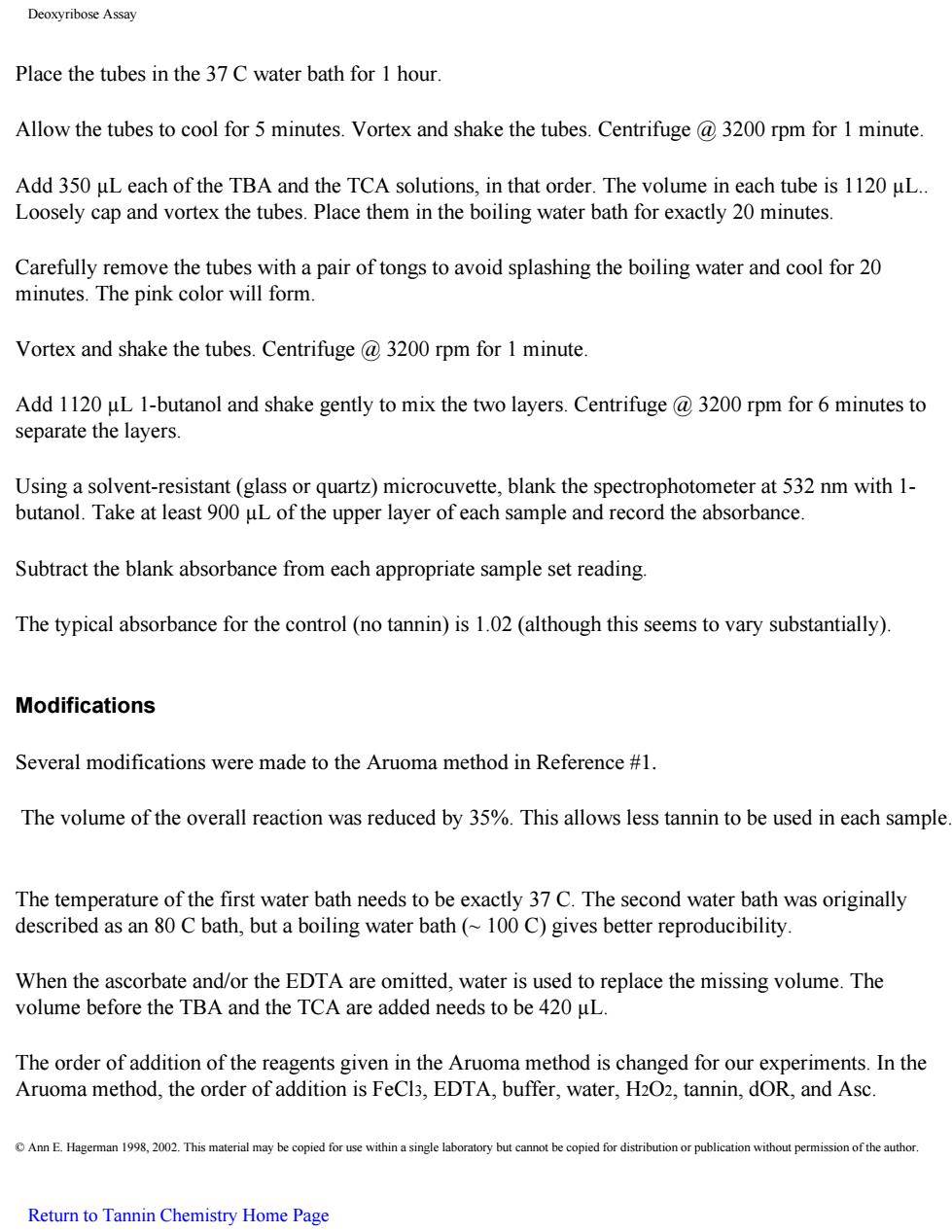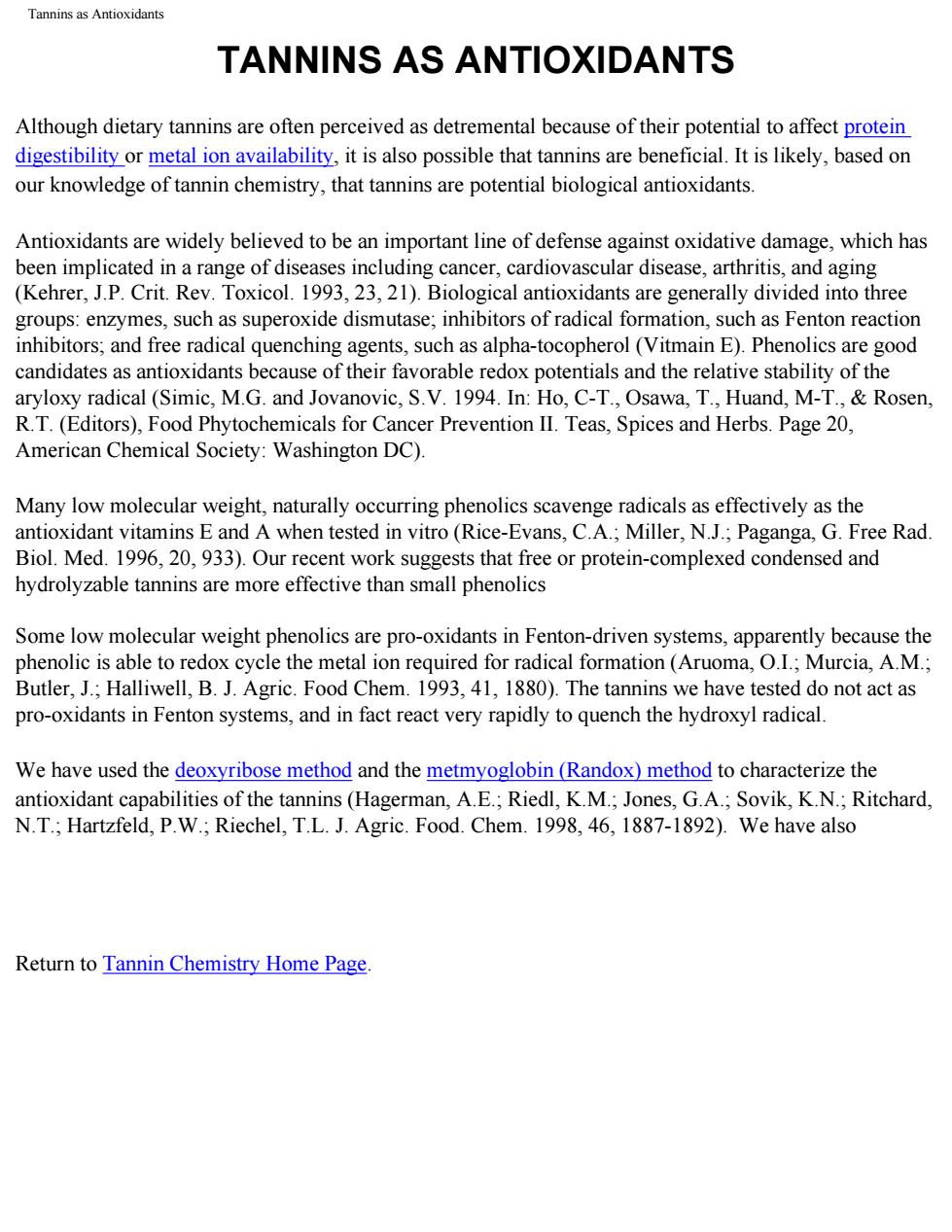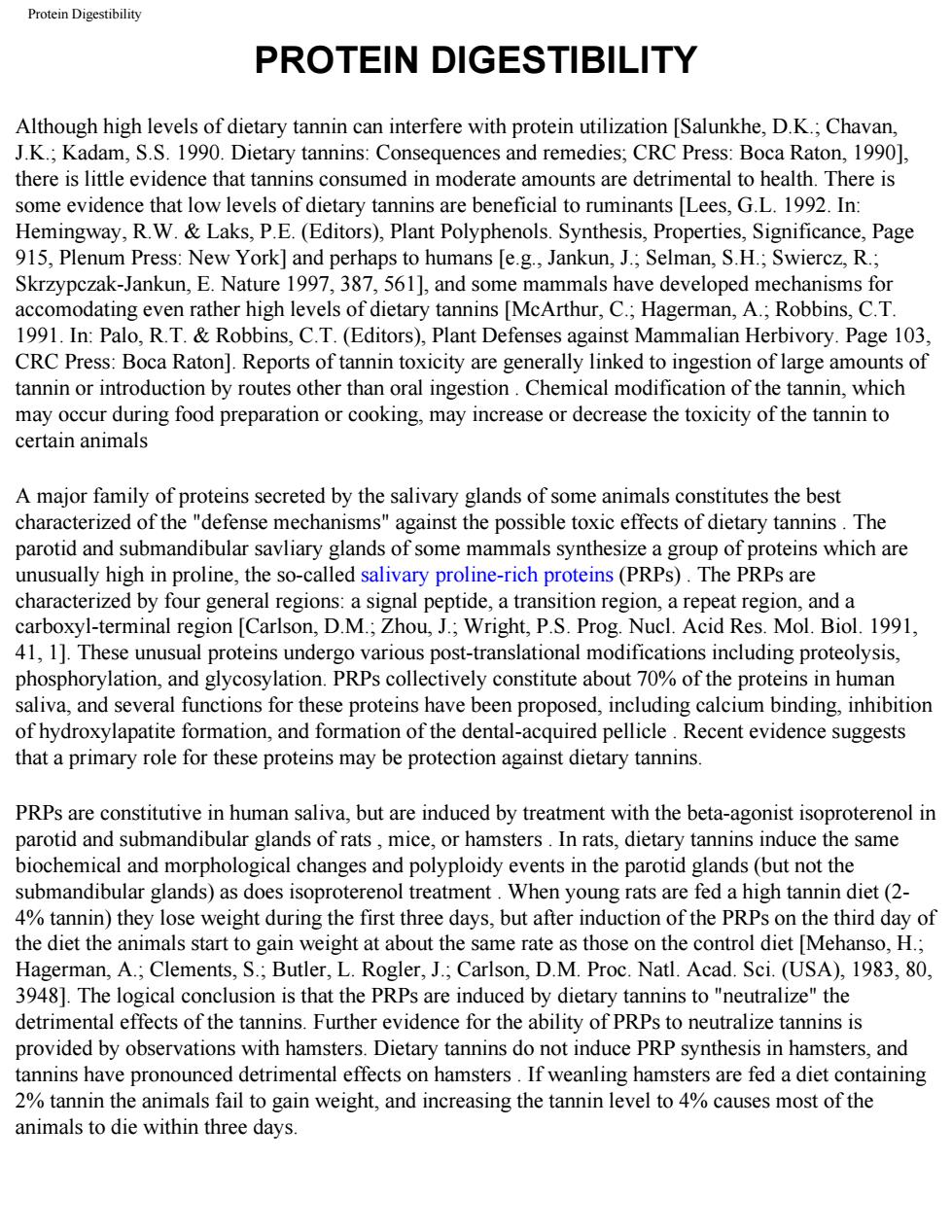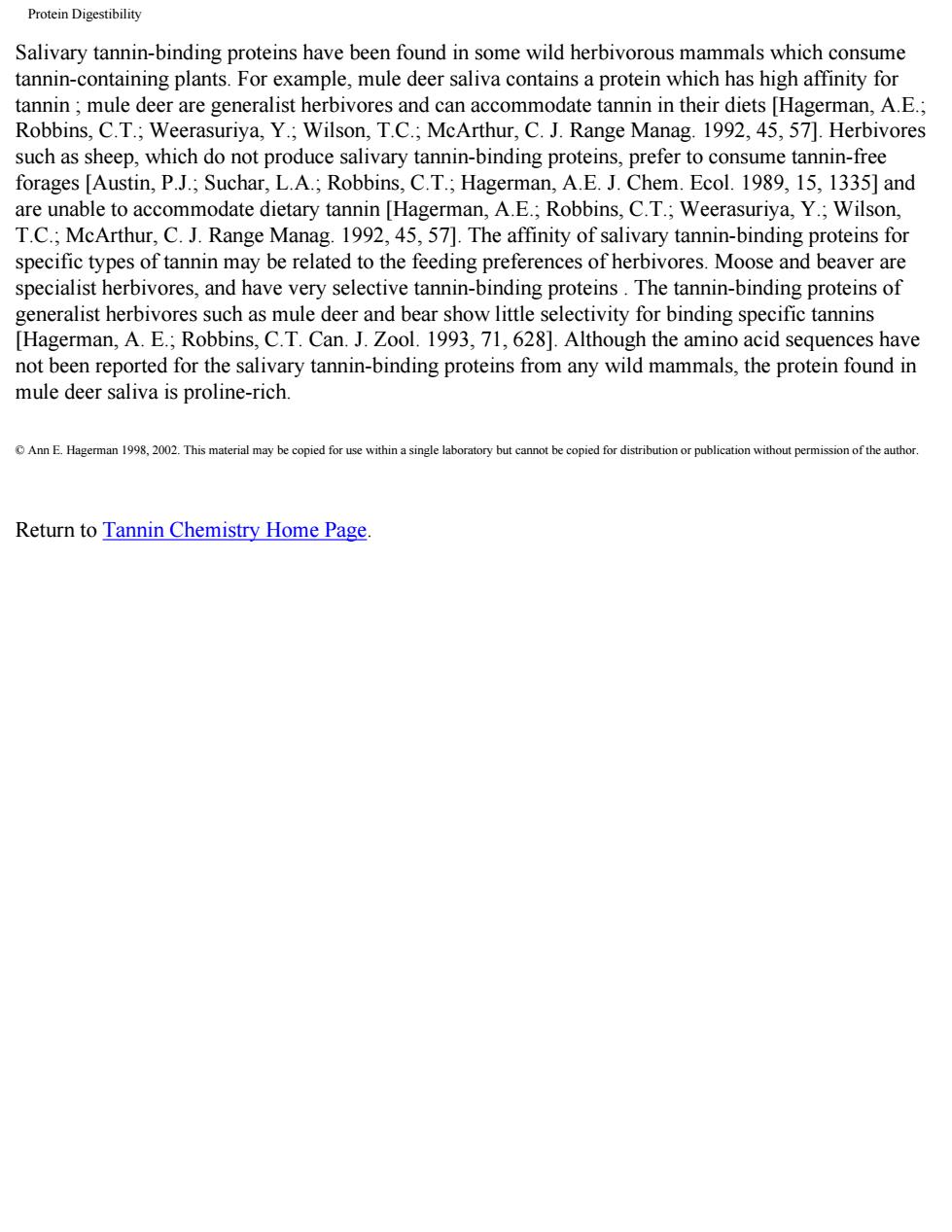
Deoxvribose Assa Place the tubes in the 37 C water bath for 1 hour Allow the tubes to cool for 5 minutes.Vortex and shake the tubes.Centrifuge 3200 rpm for 1 minute Add 350 uL each of the TBA and the TCA solutions,in that order.The volume in each tube is 1120 uL.. Loosely cap and vortex the tubes.Place them in the boiling water bath for exactly 20 minutes. Carefully remove the tubes with a pair of tongs to avoid splashing the boiling water and cool for 20 minutes.The pink color will form. Vortex and shake the tubes.Centrifuge @3200 rpm for 1 minute Add 1120 uL 1-butanol and shake gently to mix the two layers.Centrifuge@3200 rpm for 6 minutes to separate the layers Using a solvent-resistant(glass or quartz)microcuvette,blank the spectrophotometer at 532 nm with 1- butanol.Take at least 900Lof the upper layer of each sample and record the absorbance. Subtract the blank absorbance from each appropriate sample set reading The typical absorbance for the control (no tannin)is 1.02(although this seems to vary substantially). Modifications Several modifications were made to the Aruoma method in Reference #1. The volume of the overall reaction was reduced by 35%.This allows less tannin to be used in each sample The temperature of the first water bath needs to be exactly 37 C.The second water bath was originally described as an 80 C bath,but a boiling water bath(~100 C)gives better reproducibility. When the ascorbate and/or the EDTA are omitted,water is used to replace the missing volume.The volume before the TBA and the TCA are added needs to be 420 uL The order of addition of the reagents given in the Aruoma method is changed for our experiments.In the Aruoma method,the order of addition is FeCl3,EDTA,buffer,water,H202,tannin,dOR,and Asc. E Hageman 2002.This material may be copied foruse f the autho Return to Tannin Chemistry Home Page
Deoxyribose Assay Place the tubes in the 37 C water bath for 1 hour. Allow the tubes to cool for 5 minutes. Vortex and shake the tubes. Centrifuge @ 3200 rpm for 1 minute. Add 350 µL each of the TBA and the TCA solutions, in that order. The volume in each tube is 1120 µL.. Loosely cap and vortex the tubes. Place them in the boiling water bath for exactly 20 minutes. Carefully remove the tubes with a pair of tongs to avoid splashing the boiling water and cool for 20 minutes. The pink color will form. Vortex and shake the tubes. Centrifuge @ 3200 rpm for 1 minute. Add 1120 µL 1-butanol and shake gently to mix the two layers. Centrifuge @ 3200 rpm for 6 minutes to separate the layers. Using a solvent-resistant (glass or quartz) microcuvette, blank the spectrophotometer at 532 nm with 1- butanol. Take at least 900 µL of the upper layer of each sample and record the absorbance. Subtract the blank absorbance from each appropriate sample set reading. The typical absorbance for the control (no tannin) is 1.02 (although this seems to vary substantially). Modifications Several modifications were made to the Aruoma method in Reference #1. The volume of the overall reaction was reduced by 35%. This allows less tannin to be used in each sample. The temperature of the first water bath needs to be exactly 37 C. The second water bath was originally described as an 80 C bath, but a boiling water bath (~ 100 C) gives better reproducibility. When the ascorbate and/or the EDTA are omitted, water is used to replace the missing volume. The volume before the TBA and the TCA are added needs to be 420 µL. The order of addition of the reagents given in the Aruoma method is changed for our experiments. In the Aruoma method, the order of addition is FeCl3, EDTA, buffer, water, H2O2, tannin, dOR, and Asc. © Ann E. Hagerman 1998, 2002. This material may be copied for use within a single laboratory but cannot be copied for distribution or publication without permission of the author. Return to Tannin Chemistry Home Page

TANNINS AS ANTIOXIDANTS Although dietary tannins are often perceived as detremental because of their potential to affect protein digestibility or metal ion availability,it is also possible that tannins are beneficial.It is likely,based on our knowledge of tannin chemistry,that tannins are potential biological antioxidants. Antioxidants are widely believed to be an important line of defense against oxidative damage,which has been implicated in a range of diseases including cancer,cardiovascular disease,arthritis,and aging (Kehrer,J.P.Crit.Rev.Toxicol.1993,23,21).Biological antioxidants are generally divided into three groups:enzymes,such as superoxide dismutase;inhibitors of radical formation,such as Fenton reaction inhibitors;and free radical quenching agents,such as alpha-tocopherol (Vitmain E).Phenolics are good candidates as antioxidants because of their favorable redox potentials and the relative stability of the aryloxy radical (Simic,M.G.and Jovanovic,S.V.1994.In:Ho,C-T.,Osawa,T.,Huand,M-T.,Rosen. R.T.(Editors),Food Phytochemicals for Cancer Prevention II.Teas,Spices and Herbs.Page 20, American Chemical Society:Washington DC). Many low molecular weight,naturally occurring phenolics scavenge radicals as effectively as the antioxidant vitamins E and A when tested in vitro(Rice-Evans,C.A.;Miller,N.J.;Paganga,G.Free Rad Biol.Med.1996,20,933).Our recent work suggests that free or protein-complexed condensed and hydrolyzable tannins are more effective than small phenolics Some low molecular weight phenolics are pro-oxidants in Fenton-driven systems,apparently because the phenolic is able to redox cycle the metal ion required for radical formation(Aruoma,O.I.;Murcia,A.M. Butler,J.;Halliwell,B.J.Agric.Food Chem.1993,41,1880).The tannins we have tested do not act as pro-oxidants in Fenton systems,and in fact react very rapidly to quench the hydroxyl radical We have used the deoxyribose method and the metmyoglobin (Randox)method to characterize the antioxidant capabilities of the tannins(Hagerman,A.E.;Riedl,K.M.;Jones,G.A.;Sovik,K.N.;Ritchard N.T.;Hartzfeld,P.W.;Riechel,T.L.J.Agric.Food.Chem.1998,46,1887-1892).We have also Return to Tannin Chemistry Home Page
Tannins as Antioxidants TANNINS AS ANTIOXIDANTS Although dietary tannins are often perceived as detremental because of their potential to affect protein digestibility or metal ion availability, it is also possible that tannins are beneficial. It is likely, based on our knowledge of tannin chemistry, that tannins are potential biological antioxidants. Antioxidants are widely believed to be an important line of defense against oxidative damage, which has been implicated in a range of diseases including cancer, cardiovascular disease, arthritis, and aging (Kehrer, J.P. Crit. Rev. Toxicol. 1993, 23, 21). Biological antioxidants are generally divided into three groups: enzymes, such as superoxide dismutase; inhibitors of radical formation, such as Fenton reaction inhibitors; and free radical quenching agents, such as alpha-tocopherol (Vitmain E). Phenolics are good candidates as antioxidants because of their favorable redox potentials and the relative stability of the aryloxy radical (Simic, M.G. and Jovanovic, S.V. 1994. In: Ho, C-T., Osawa, T., Huand, M-T., & Rosen, R.T. (Editors), Food Phytochemicals for Cancer Prevention II. Teas, Spices and Herbs. Page 20, American Chemical Society: Washington DC). Many low molecular weight, naturally occurring phenolics scavenge radicals as effectively as the antioxidant vitamins E and A when tested in vitro (Rice-Evans, C.A.; Miller, N.J.; Paganga, G. Free Rad. Biol. Med. 1996, 20, 933). Our recent work suggests that free or protein-complexed condensed and hydrolyzable tannins are more effective than small phenolics Some low molecular weight phenolics are pro-oxidants in Fenton-driven systems, apparently because the phenolic is able to redox cycle the metal ion required for radical formation (Aruoma, O.I.; Murcia, A.M.; Butler, J.; Halliwell, B. J. Agric. Food Chem. 1993, 41, 1880). The tannins we have tested do not act as pro-oxidants in Fenton systems, and in fact react very rapidly to quench the hydroxyl radical. We have used the deoxyribose method and the metmyoglobin (Randox) method to characterize the antioxidant capabilities of the tannins (Hagerman, A.E.; Riedl, K.M.; Jones, G.A.; Sovik, K.N.; Ritchard, N.T.; Hartzfeld, P.W.; Riechel, T.L. J. Agric. Food. Chem. 1998, 46, 1887-1892). We have also Return to Tannin Chemistry Home Page

Protein Digestibility PROTEIN DIGESTIBILITY Although high levels of dietary tannin can interfere with protein utilization [Salunkhe,D.K.;Chavan, J.K.;Kadam,S.S.1990.Dietary tannins:Consequences and remedies;CRC Press:Boca Raton,1990] there is little evidence that tannins consumed in moderate amounts are detrimental to health.There is some evidence that low levels of dietary tannins are beneficial to ruminants [Lees,G.L.1992.In: Hemingway,R.W.Laks,P.E.(Editors).Plant Polyphenols.Synthesis,Properties,Significance,Page 915,Plenum Press:New York]and perhaps to humans [e.g,Jankun,J.Selman,S.H.Swiercz,R. Skrzypczak-Jankun,E.Nature 1997,387,5611,and some mammals have developed mechanisms for accomodating even rather high levels of dietary tannins [McArthur,C.;Hagerman,A.;Robbins,C.T 1991.In:Palo,R.T.Robbins,C.T.(Editors),Plant Defenses against Mammalian Herbivory.Page 103. CRC Press:Boca Raton].Reports of tannin toxicity are generally linked to ingestion of large amounts of tannin or introduction by routes other than oral ingestion.Chemical modification of the tannin,which may occur during food preparation or cooking,may increase or decrease the toxicity of the tannin to certain animals A major family of proteins secreted by the salivary glands of some animals constitutes the best characterized of the "defense mechanisms"against the possible toxic effects of dietary tannins.The parotid and submandibular savliary glands of some mammals synthesize a group of proteins which are unusually high in proline,the so-called salivary proline-rich proteins(PRPs).The PRPs are characterized by four general regions:a signal peptide.a transition region.a repeat regon,and a carboxyl-terminal region [Carlson,D.M.;Zhou,J.;Wright,P.S.Prog.Nucl.Acid Res.Mol.Biol.1991, 41,1].These unusual proteins undergo various post-translational modifications including proteolysis phosphorylation,and glycosylation.PRPs collectively constitute about 70%of the proteins in human saliva,and several functions for these proteins have been proposed,including calcium binding,inhibition of hydroxylapatite formation,and formation of the dental-acquired pellicle.Recent evidence suggests that a primary role for these proteins may be protection against dietary tannins PRPs are constitutive in human saliva,but are induced by treatment with the beta-agonist isoproterenol in parotid and submandibular glands of rats,mice,or hamsters.In rats,dietary tannins induce the same biochemical and morphological changes and polyploidy events in the parotid glands(but not the submandibular glands)as does isoproterenol treatment.When young rats are fed a high tannin diet(2- 4%tannin)they lose weight during the first three days,but after induction of the PRPs on the third day of the diet the animals start to gain weight at about the same rate as those on the control diet [Mehanso,H.; Hagerman,A.;Clements,S.;Butler,L.Rogler,J.;Carlson,D.M.Proc.Natl.Acad.Sci.(USA),1983,80, 3948I.The logical conclusion is that the prps are induced by dietary tannins to "neutralize the detrimental effects of the tannins.Further evidence for the ability of PRPs to neutralize tannins is provided by observations with hamsters.Dietary tannins do not induce prp svnthesis in hamsters.and tannins have pronounced detrimental effects on hamsters.If weanling hamsters are fed a diet containing 2%tannin the animals fail to gain weight,and increasing the tannin level to 4%causes most of the animals to die within three days
Protein Digestibility PROTEIN DIGESTIBILITY Although high levels of dietary tannin can interfere with protein utilization [Salunkhe, D.K.; Chavan, J.K.; Kadam, S.S. 1990. Dietary tannins: Consequences and remedies; CRC Press: Boca Raton, 1990], there is little evidence that tannins consumed in moderate amounts are detrimental to health. There is some evidence that low levels of dietary tannins are beneficial to ruminants [Lees, G.L. 1992. In: Hemingway, R.W. & Laks, P.E. (Editors), Plant Polyphenols. Synthesis, Properties, Significance, Page 915, Plenum Press: New York] and perhaps to humans [e.g., Jankun, J.; Selman, S.H.; Swiercz, R.; Skrzypczak-Jankun, E. Nature 1997, 387, 561], and some mammals have developed mechanisms for accomodating even rather high levels of dietary tannins [McArthur, C.; Hagerman, A.; Robbins, C.T. 1991. In: Palo, R.T. & Robbins, C.T. (Editors), Plant Defenses against Mammalian Herbivory. Page 103, CRC Press: Boca Raton]. Reports of tannin toxicity are generally linked to ingestion of large amounts of tannin or introduction by routes other than oral ingestion . Chemical modification of the tannin, which may occur during food preparation or cooking, may increase or decrease the toxicity of the tannin to certain animals A major family of proteins secreted by the salivary glands of some animals constitutes the best characterized of the "defense mechanisms" against the possible toxic effects of dietary tannins . The parotid and submandibular savliary glands of some mammals synthesize a group of proteins which are unusually high in proline, the so-called salivary proline-rich proteins (PRPs) . The PRPs are characterized by four general regions: a signal peptide, a transition region, a repeat region, and a carboxyl-terminal region [Carlson, D.M.; Zhou, J.; Wright, P.S. Prog. Nucl. Acid Res. Mol. Biol. 1991, 41, 1]. These unusual proteins undergo various post-translational modifications including proteolysis, phosphorylation, and glycosylation. PRPs collectively constitute about 70% of the proteins in human saliva, and several functions for these proteins have been proposed, including calcium binding, inhibition of hydroxylapatite formation, and formation of the dental-acquired pellicle . Recent evidence suggests that a primary role for these proteins may be protection against dietary tannins. PRPs are constitutive in human saliva, but are induced by treatment with the beta-agonist isoproterenol in parotid and submandibular glands of rats , mice, or hamsters . In rats, dietary tannins induce the same biochemical and morphological changes and polyploidy events in the parotid glands (but not the submandibular glands) as does isoproterenol treatment . When young rats are fed a high tannin diet (2- 4% tannin) they lose weight during the first three days, but after induction of the PRPs on the third day of the diet the animals start to gain weight at about the same rate as those on the control diet [Mehanso, H.; Hagerman, A.; Clements, S.; Butler, L. Rogler, J.; Carlson, D.M. Proc. Natl. Acad. Sci. (USA), 1983, 80, 3948]. The logical conclusion is that the PRPs are induced by dietary tannins to "neutralize" the detrimental effects of the tannins. Further evidence for the ability of PRPs to neutralize tannins is provided by observations with hamsters. Dietary tannins do not induce PRP synthesis in hamsters, and tannins have pronounced detrimental effects on hamsters . If weanling hamsters are fed a diet containing 2% tannin the animals fail to gain weight, and increasing the tannin level to 4% causes most of the animals to die within three days

Protein Digestibility Salivary tannin-binding proteins have been found in some wild herbivorous mammals which consume tannin-containing plants.For example,mule deer saliva contains a protein which has high affinity for tannin;mule deer are generalist herbivores and can accommodate tannin in their diets [Hagerman,A.E. Robbins,C.T.;Weerasuriya,Y.;Wilson,T.C.;McArthur,C.J.Range Manag.1992,45,57].Herbivores such as sheep,which do not produce salivary tannin-binding proteins,prefer to consume tannin-free forages [Austin,P.J.;Suchar,L.A.;Robbins,C.T.;Hagerman,A.E.J.Chem.Ecol.1989,15,1335]and are unable to accommodate dietary tannin [Hagerman,A.E.;Robbins,C.T.:Weerasuriya,Y.:Wilson, T.C.;McArthur,C.J.Range Manag.1992,45,57].The affinity of salivary tannin-binding proteins for specific types of tannin may be related to the feeding preferences of herbivores.Moose and beaver are specialist herbivores,and have very selective tannin-binding proteins.The tannin-binding proteins of generalist herbivores such as mule deer and bear show little selectivity for binding specific tannins [Hagerman,A.E.;Robbins,C.T.Can.J.Zool.1993,71,628].Although the amino acid sequences have not been reported for the salivary tannin-binding proteins from any wild mammals,the protein found in mule deer saliva is proline-rich An E Hageman 9202.This material may be copied laboratory but cannot be copied for publication without permission of the athor. Return to Tannin Chemistry Home Page
Protein Digestibility Salivary tannin-binding proteins have been found in some wild herbivorous mammals which consume tannin-containing plants. For example, mule deer saliva contains a protein which has high affinity for tannin ; mule deer are generalist herbivores and can accommodate tannin in their diets [Hagerman, A.E.; Robbins, C.T.; Weerasuriya, Y.; Wilson, T.C.; McArthur, C. J. Range Manag. 1992, 45, 57]. Herbivores such as sheep, which do not produce salivary tannin-binding proteins, prefer to consume tannin-free forages [Austin, P.J.; Suchar, L.A.; Robbins, C.T.; Hagerman, A.E. J. Chem. Ecol. 1989, 15, 1335] and are unable to accommodate dietary tannin [Hagerman, A.E.; Robbins, C.T.; Weerasuriya, Y.; Wilson, T.C.; McArthur, C. J. Range Manag. 1992, 45, 57]. The affinity of salivary tannin-binding proteins for specific types of tannin may be related to the feeding preferences of herbivores. Moose and beaver are specialist herbivores, and have very selective tannin-binding proteins . The tannin-binding proteins of generalist herbivores such as mule deer and bear show little selectivity for binding specific tannins [Hagerman, A. E.; Robbins, C.T. Can. J. Zool. 1993, 71, 628]. Although the amino acid sequences have not been reported for the salivary tannin-binding proteins from any wild mammals, the protein found in mule deer saliva is proline-rich. © Ann E. Hagerman 1998, 2002. This material may be copied for use within a single laboratory but cannot be copied for distribution or publication without permission of the author. Return to Tannin Chemistry Home Page

Metmyoglobin Method METMYOGLOBIN ASSAY The metmyoglobin assay is a rapid method which provides the degree of antioxidant protection possessed by an individual species.Original descriptions of the method can be found in: 1.Halliwell,B.(1987)FASEB J.1.358-364 2.Southorn,P.A.(1988)Mayo Clin.Proc.63,390-408 3.Miller,N.J.,Rice-Evans,C.,Davies,M.J.,Gopinathan,V.,and Milner,A.(1993)Clin.Sci.84,407- 412 Our application to tannins is described in: 4.Hagerman,A.E.;Riedl,K.M.;Jones,G.A.;Sovik,K.N.;Ritchard,N.T.;Hartzfeld,P.W.;Riechel,T.L. High molecular weight plant polyphenolics(tannins)as biological antioxidants.J.Agric.Food Chem (1998)in press. The reagents for the metmyoglobin method can be purchased as a kit from Randox.It is much less expensive to prepare them yourself as follows: Reagents PBS Buffer(0.005 M Phosphate,0.145 M NaCI) A:Dissolve 0.68 g KH2PO4 and 8.5 g NaCl in 1 L of distilled water B:Dissolve 1.14 g K2HPO4 x H2O and 8.5 g NaCl in 1 L of distilled water Mix the two solutions together to give a pH of 7.4(approximately 770 mL of A and 2 L of B).(Final concentration in assay is 5 mM). Myoglobin(initial concentration between 1 mg myoglobin/mL PBS to 5 mg/mL).The initial concentration doesn't matter since the solution will be diluted as it runs through the column.The myoglobin is purchased from Sigma(#M-0630). K3Fe(CN)6(0.24 mg K3Fe(CN)6 in 1 mL water) 2.2'-Azino-bis(3-ethylbenzthiazoline-6-sulfonic acid(0.8 mg ABTS in 1 mL PBS buffer).The ABTS is purchased form Sigma (1888).(Final concentration in the assay is 610 uM)
Metmyoglobin Method METMYOGLOBIN ASSAY The metmyoglobin assay is a rapid method which provides the degree of antioxidant protection possessed by an individual species. Original descriptions of the method can be found in: 1. Halliwell, B. (1987) FASEB J. 1, 358-364 2. Southorn, P.A. (1988) Mayo Clin. Proc. 63, 390-408 3. Miller, N.J., Rice-Evans, C., Davies, M.J., Gopinathan, V., and Milner, A. (1993) Clin. Sci. 84, 407- 412 Our application to tannins is described in: 4. Hagerman, A.E.; Riedl, K.M.; Jones, G.A.; Sovik, K.N.; Ritchard, N.T.; Hartzfeld, P.W.; Riechel, T.L. High molecular weight plant polyphenolics (tannins) as biological antioxidants. J. Agric. Food Chem. (1998) in press. The reagents for the metmyoglobin method can be purchased as a kit from Randox. It is much less expensive to prepare them yourself as follows: Reagents PBS Buffer (0.005 M Phosphate, 0.145 M NaCl) A: Dissolve 0.68 g KH2PO4 and 8.5 g NaCl in 1 L of distilled water B: Dissolve 1.14 g K2HPO4 x H2O and 8.5 g NaCl in 1 L of distilled water Mix the two solutions together to give a pH of 7.4 (approximately 770 mL of A and 2 L of B). (Final concentration in assay is 5 mM). Myoglobin (initial concentration between 1 mg myoglobin/mL PBS to 5 mg/mL). The initial concentration doesn't matter since the solution will be diluted as it runs through the column. The myoglobin is purchased from Sigma (# M-0630). K3Fe(CN)6 (0.24 mg K3Fe(CN)6 in 1 mL water) 2,2'-Azino-bis(3-ethylbenzthiazoline-6-sulfonic acid (0.8 mg ABTS in 1 mL PBS buffer). The ABTS is purchased form Sigma (# 1888). (Final concentration in the assay is 610 µM)